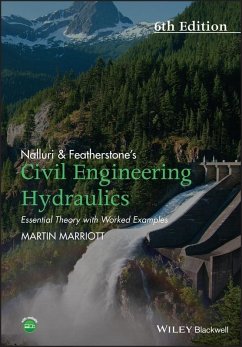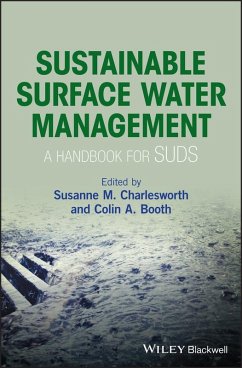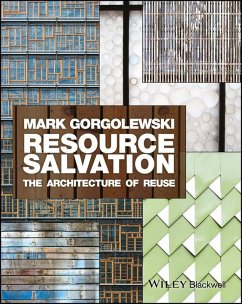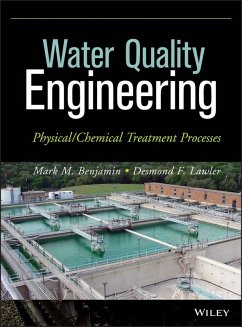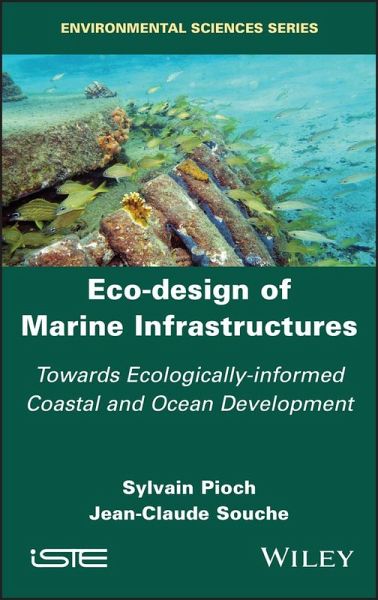
Eco-design of Maritime Infrastructures (eBook, PDF)
Towards an Integrated Environmental Development
Versandkostenfrei!
Sofort per Download lieferbar
139,99 €
inkl. MwSt.
Weitere Ausgaben:

PAYBACK Punkte
0 °P sammeln!
This book offers an insight into how to create aesthetically pleasing, environmentally integrated, multi-functional developments in the ocean or on the coastline. Eco-design of Marine Infrastructures provides practical and realistic solutions for delivering projects that strive to minimize negative environmental impacts. Using case studies and examples, this book presents a toolkit of options, allowing decision makers and planners to see what is possible and to make informed choices about the risks and benefits of eco-design. It is intended for researchers, engineers, students and decision mak...
This book offers an insight into how to create aesthetically pleasing, environmentally integrated, multi-functional developments in the ocean or on the coastline. Eco-design of Marine Infrastructures provides practical and realistic solutions for delivering projects that strive to minimize negative environmental impacts. Using case studies and examples, this book presents a toolkit of options, allowing decision makers and planners to see what is possible and to make informed choices about the risks and benefits of eco-design. It is intended for researchers, engineers, students and decision makers, or anyone who is curious to see how nature can be integrated into development.
Dieser Download kann aus rechtlichen Gründen nur mit Rechnungsadresse in A, B, BG, CY, CZ, D, DK, EW, E, FIN, F, GR, HR, H, IRL, I, LT, L, LR, M, NL, PL, P, R, S, SLO, SK ausgeliefert werden.








